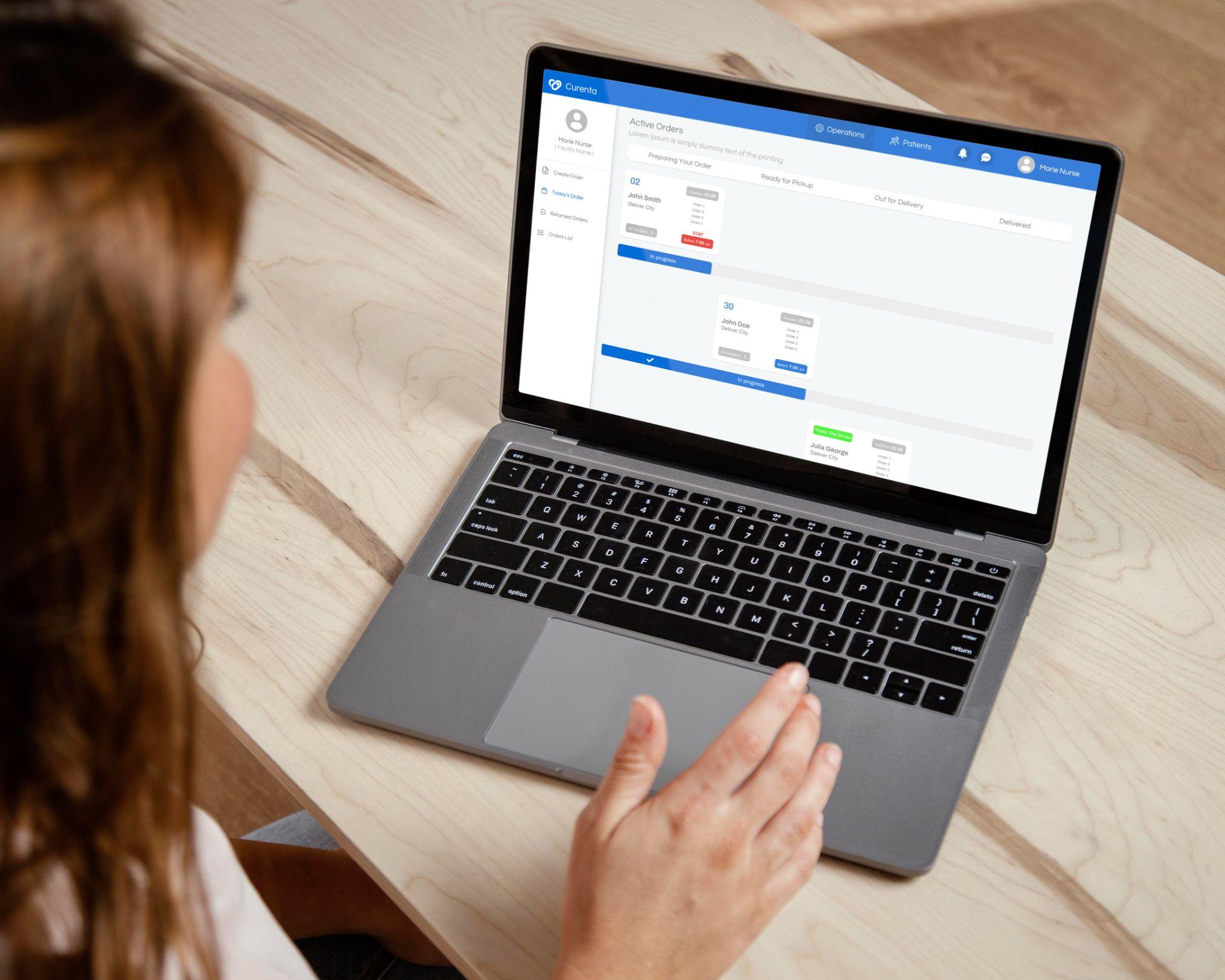As healthcare undergoes rapid digitization, assisted living communities are recognizing the importance of transitioning from paper-based records to electronic systems. This helps improve care coordination, enhance compliance, and empower caregivers with easy access to resident information. However, with technology options like EMR, and EHR, it can be difficult to differentiate between solutions and determine the best fit.

In this article, we will explore the differences between EMR (Electronic Medical Records) and EHR (Electronic Health Records) as they have unique roles in the healthcare field, despite their similar names.
Scope and Depth
EMRs are like digital patient charts for one practice. They hold the medical and treatment history of patients in that practice. It’s like a detailed story, but only about the chapters with one physician or in one clinic.
EHRs provide a broader view beyond just one practice’s clinical data. They include a comprehensive patient health history, like a series of books covering their medical journey. Authorized users across different healthcare settings can access this information.
Information and Sharing
EMRs are mainly used by providers for diagnosis and treatment. They excel at tracking data over time within a specific practice, such as monitoring blood pressure or vaccination history. However, their ability to share information is often restricted to the practice where they were created.
EHRs are intended to be shared among providers, enabling more comprehensive and coordinated patient care. Authorized providers across different healthcare organizations can access and update EHRs, leading to their significant value in patient care.
Functionality
EMR systems are highly effective for tracking patient data, identifying patients for preventive visits and screenings, and monitoring patients’ progress in relation to specific parameters such as vaccinations and blood pressure readings.
EHRs, or Electronic Health Records, go beyond EMRs by including comprehensive patient information such as medical history, treatment plans, allergies, and lifestyle details. They can also integrate with other systems for tasks like medication prescribing and direct patient communication.
Mobility and Accessibility
In general, electronic medical records (EMRs) are often limited to a specific practice and may not be easily transferable if you change doctors.
EHRs are portable and can move with the patient. This is useful for consultations and treatment at various facilities.
In summary, EMRs are ideal for detailed data within one practice, while EHRs offer a broader and more accessible view of a patient’s health journey, coordinating care across various healthcare services. EMRs can be likened to a detailed chapter in a patient’s health story, while EHRs encompass the entire book series, providing a complete narrative.
If you are interested in the article, please explore the rest of the content on our blog. If you believe someone else may find it useful, feel free to share it with them.

